- The Mercedes-Benz Vision EQXX concept is a model for the future.
- According to Mercedes, the Vision EQXX takes electric efficiency to a whole new level.
- The automaker says it offers 620 miles on a single charge.
Mercedes-Benz Vision EQXX Concept First Look: 600 Miles on a Single Charge?
Putting all other EV manufacturers on notice
It was really only a matter of time before a legacy automaker decided enough was enough. Tesla has been eating Mercedes-Benz's lunch for the better part of the last decade in leading the way in the luxury electric vehicle space, and the world's oldest automaker has only just caught up with its new EQS. But Mercedes isn't resting on its laurels, as evidenced by its latest concept. Meet the Mercedes-Benz Vision EQXX, the most efficient EV the world has ever seen.
The headline figure is a whopping 620 miles of range on a single charge from a battery pack with less than 100 kilowatt-hours of capacity. That equates to an energy efficiency of 6.2 miles per kWh, a figure that would blow away the competition if accurate. Remember, a higher number is better, meaning that a vehicle can travel farther for each kWh added. For a little context, that's far better than the 3.9 miles per kWh we achieved while doing our own testing of the Mercedes-Benz EQS 450+.
Lower numbers are better in the EPA's preferred "kWh/100 miles" format, which shows how much energy is needed to travel 100 miles. The EQXX is projected to deliver the equivalent of 16.1 kWh/100 miles. According to the EPA, the most efficient vehicle on sale today is the rear-wheel-drive Tesla Model 3 (which ranges between 24 and 25 kWh/100 miles depending on whether you're looking at the 2021 or 2022 model). The EQS 450+ is rated at 35 kWh/100 miles, though we measured this vehicle at 29.5 kWh/100 miles in real-life testing.
Mercedes says its own real-world testing has given them this number, but the EQXX is still a concept, so we'll be interested to see if the production version (if there is one) matches these figures.
Am I Ready for an EV?
- EV ownership works best if you can charge at home (240V outlet)
- Adding a home charging system is estimated to cost $1,616 in
- Edmunds is partnering with Treehouse, an independent provider of home EV installation services. Learn more about the installation services partnership
So how did Mercedes achieve such a staggering efficiency number? The answer is from a ground-up rethink of pretty much everything that went into the EQXX. The powertrain, for example, isn't some tri-motor monstrosity. It's a single 201-horsepower electric motor developed in conjunction with the Mercedes-AMG High Performance Powertrains division. You know, the same people who developed the powertrain in the Mercedes Formula 1 car — winner of the F1 constructors' title eight years in a row. Clearly, these peeps know a thing or two about powertrain engineering.
Mercedes says the best way to improve efficiency is to reduce power loss throughout the entire system, and the EQXX is 95% efficient. In other words, 95% of the motor's power gets to the wheels, compared to 41% in the currently most efficient internal combustion engine. One way the team minimized heat and power losses was by lowering the EQXX's coefficient of drag. The car's teardrop shape nets a drag coefficient of just 0.17, which would make it one of the most aerodynamic road cars ever made. With less effort from the motor dedicated to pushing the EQXX through the air, it can spin the rear wheels with ease. Extensive use of lightweight materials further adds to the overall package efficiency.
The EQXX is compact too. Its footprint is slightly smaller than that of the C-Class, and far away from the hulking EQS. That means Mercedes' engineers managed to cram a 100-kWh battery into a car no longer than a compact sedan. The batteries also have a greater capacity thanks to different materials used in their chemistry compared to packs used in rivals.
Sustainability is a major part of the concept too. The carpets of the EQXX are made from bamboo fiber, the leathers for the seats are partially made from cactus fibers, and the artificial suede is partially made from plastic. On the tech front, the cabin features a massive 8K digital display that spans the entire width of the car's dashboard. The solar panel mounted on the roof is used to power the infotainment and some of the EQXX's HVAC controls, helping take strain off the battery. Mercedes say a sunny day can net an extra 15 miles of range.
Edmunds says
If Mercedes can work the tech from the Vision EQXX into its production cars, then the EV world is about to get significantly more interesting.
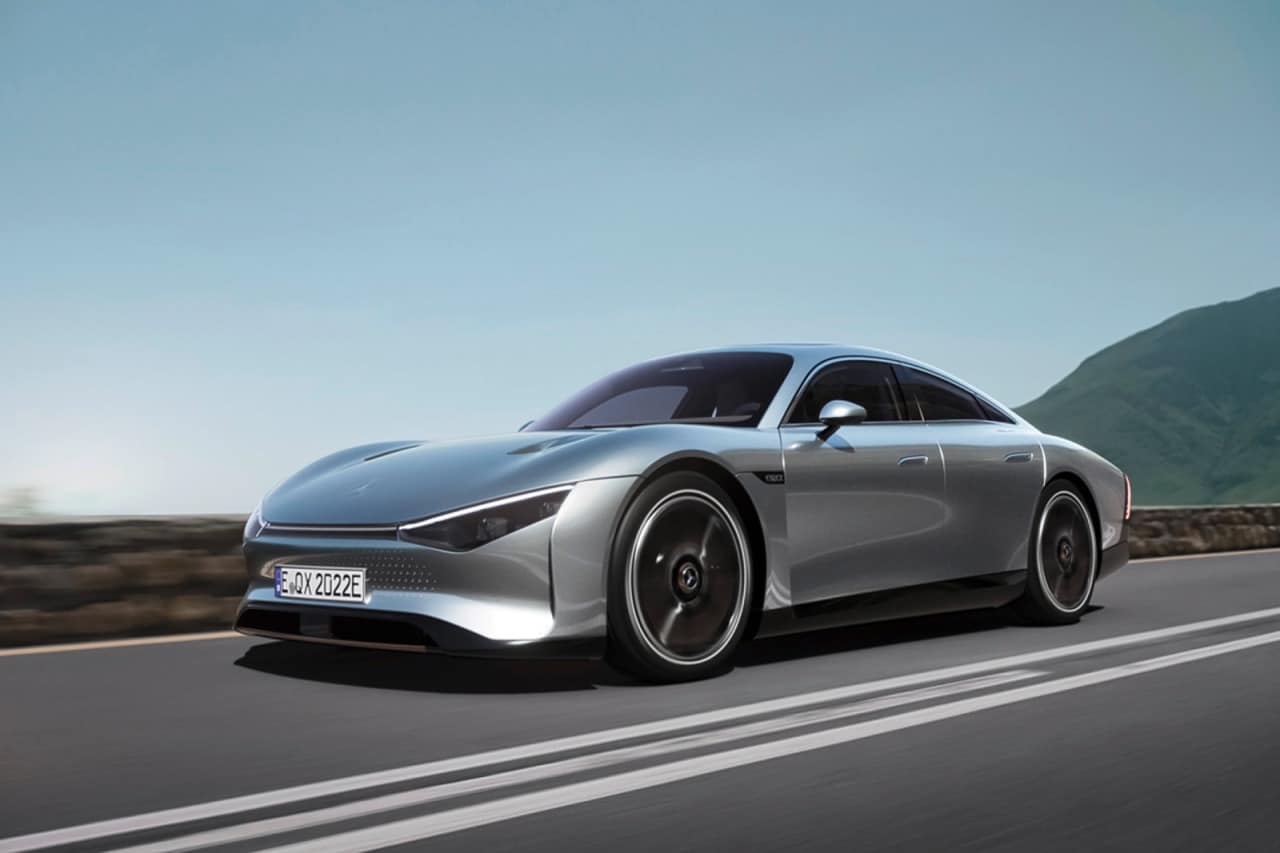
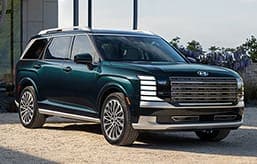
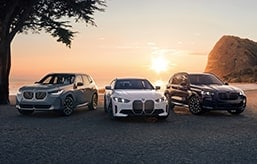
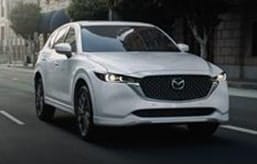
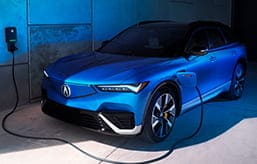

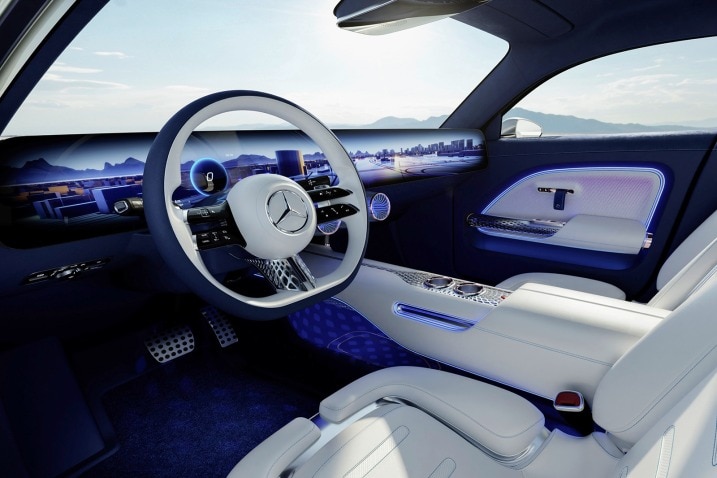
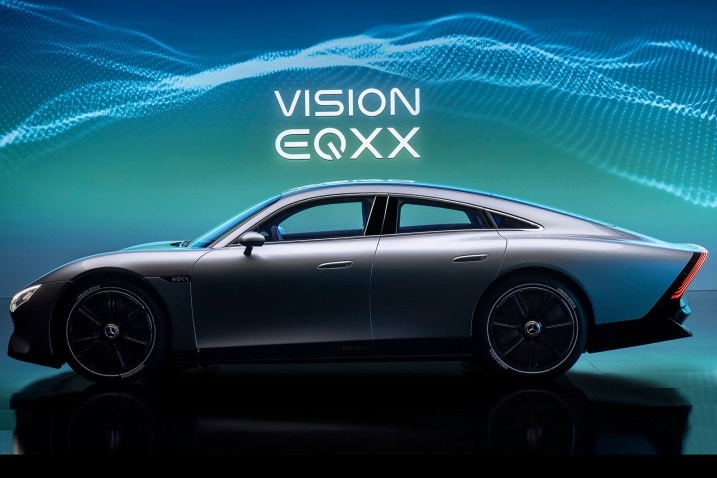

 by
by